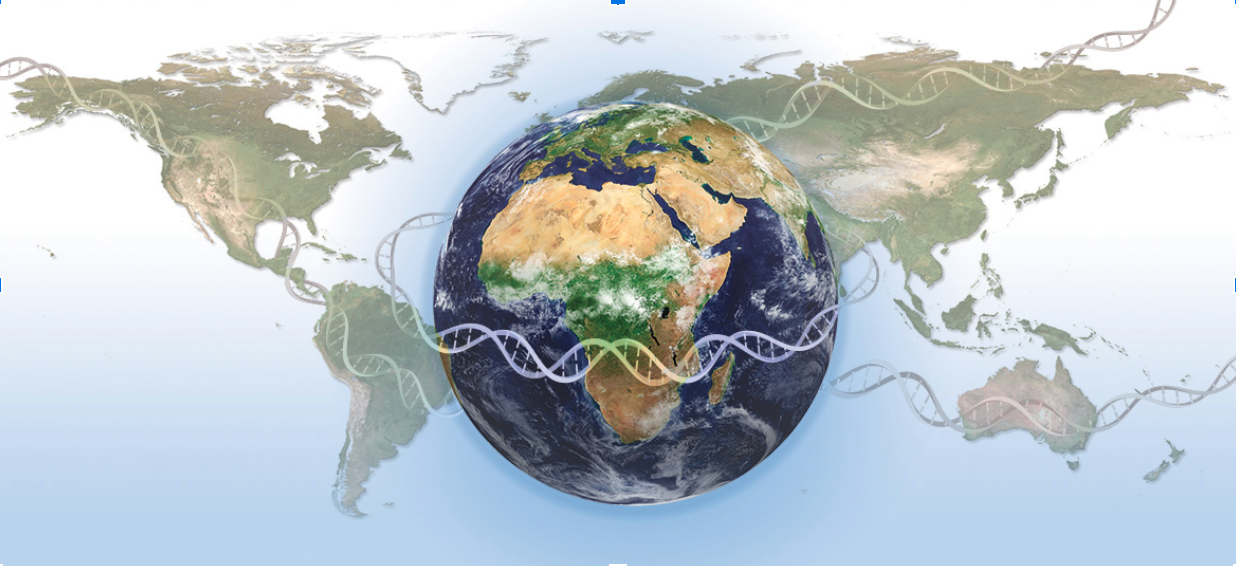|
By: Cassandra Van Drunen A little over twenty years ago, President Bill Clinton announced that “the most important, most wondrous map ever produced by humankind” had been completed. The map he spoke of was the sequence of the human genome (Mackenzie and Kolb, 2021). Over the past twenty years, knowing this sequence has been immensely beneficial to the world of science. However, there are still gaps and steps that need to be taken to continue to improve upon our understanding of human DNA.
The creation of the human genome project led to many accomplishments in modern medicine and research. For example, most drug developments and discoveries were found by chance or serendipity before the human genome project (HGP) (Gates et al., 2021). Additionally, before 2001, the likelihood of knowing all of a drug's protein targets was less than 50%, which caused challenges in creating and researching new drugs (Gates et al., 2021). Now that the HGP has been created, nearly 100% of all American drugs that are licensed have all of their potential protein targets identified (Gates et al., 2021). Furthermore, over 2000 drugs that are aimed at specific proteins or human genes have been approved due to knowledge gained from the HGP’s map (Saey, 2021a). Besides these drug developments, the HGP was able to answer scientists' questions regarding the ‘junk’ or non-coding regions of the human genome such as introns (Gates et al., 2021). Largely due to the HGP, the science community was able to understand the purpose of these coined ‘dark matter’ portions of the genome (Gates et al., 2021). Instead of coding for proteins like other portions of DNA, these regions consisted of long non-coding RNAs, promoters, enhancers and many gene-regulatory motifs (Gates et al., 2021). Having the HGP to reference, the discovery of non-coding elements exploded, outcompeting protein identifications by a factor of five (Gates et al., 2021). However, even with all of these advancements, there is still work to be done in regard to our knowledge of the human genome. One such gap in knowledge comes from the lack of diverse genomes that have been sequenced (Saey, 2021b). Of the initial goals proposed by the HGP, the implementation of precision medicine, which can be defined as a medical treatment plan which takes into account a person's specific genetic information to increase accuracy and effectiveness, has yet to be fulfilled on a large scale (Saey, 2021b). While researchers are making headway in certain genetic variants that can cause disease, these progressions mainly help one group of people: those of European descent (Saey, 2021b). A report completed by the IQVIA Institute entitled “Understanding the Global Landscape of Genomic Initiatives”, noted that 38 million genomes have currently been analyzed and that 52 million are expected to be completed by 2025 (Shaffer, 2021). However, these databases currently do not represent all populations, specifically those from Asia, Africa, and South America (Shaffer, 2021). For example, while representing up to 60% of the population, only 6 million genomes of Asian individuals are expected to be sequenced by 2025 (Shaffer, 2021). Additionally, a study completed in 2019 of 910 people of African American descent discovered that there are 296.5 million DNA bases that are currently not in reference (Saey, 2021a). This suggests that African American populations could help uncover 10 or more percent of the human genome that has yet to be catalogued (Saey, 2021a). While diversity in genomics will help in creating equal access to the precision medicine opportunities stated previously, researching DNA sequences from various other ethnicities can help foster scientific advancement. For example, Sumit Jamuar, co-founder and CEO of Global Gene, has said that there were individuals found in Asia who did not experience pain (Shaffer, 2021). After further analysis and research, it was found that this was due to a variant within the gene known as SCN9A. This gene is now being researched as a potential drug target to act as an analgesic, which could shift how pain is treated (Shaffer, 2021). Jumar has stated that “[t]hese insights open up a new way of discovering and developing drugs,”. In light of this lack of diversity, institutes such as the University of Maryland School of Medicine (UMSOM) have worked to fill this gap (Elbert et al., 2021). In a recent publication, UMSOM was able to sequence 64 genome sequences from 25 different human population groups to better understand the genetic diversity of the human species (Elbert et al., 2021). Projects such as this will continue to further our knowledge of the human genome and further medical advancements. As stated by geneticist Ting Wang, “It is time to fully address this problem [with] the limitations of the current human genome assembly” (Saey, 2021a). Sources:
0 Comments
Your comment will be posted after it is approved.
Leave a Reply. |
Categories |


 RSS Feed
RSS Feed